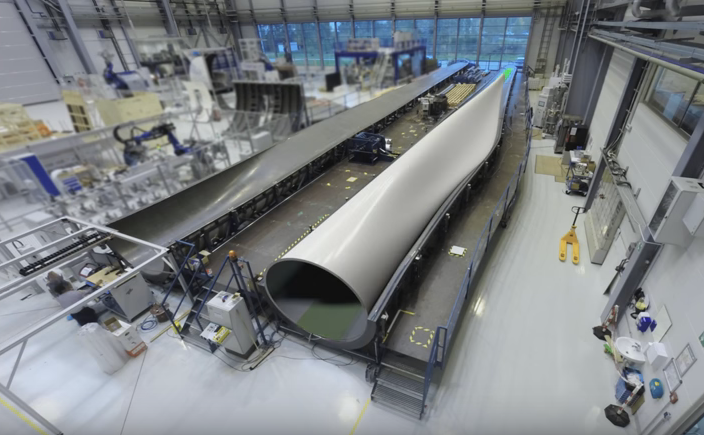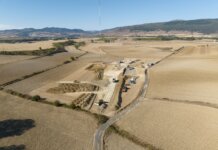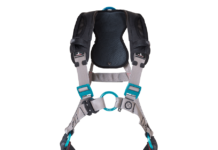Covestro says that it has developed a new technology for manufacturing wind turbine rotor blades. The rotor blades are fabricated from a polyurethane resin and a glass fiber fabric, and the company has now received the important DNV GL certification for the resin.
DNV GL – an abbreviation for the companies Det Norske Veritas and Germanischer Lloyd, which merged in 2013 – is an international industry standard for the safety, reliability and performance of wind turbines. According to Covestro, its new manufacturing method is the world’s first polyurethane resin production method to receive this certification. The process features a new approach to combining polyurethane resin with woven fiberglass and could lead to larger and stronger turbine blades in the future.
“This brings us a big step closer to our goal of increasing the efficiency of wind power generation,” says Kim Klausen, global head of Covestro’s wind energy program. “After epoxy resins mainly were used in the industry in the past, the time has come to establish the high performance and cost advantages of polyurethane in wind power generation.”
The resin was developed in a close cooperation between the Covestro Wind Competence Center in Denmark and the Polyurethane Research Center in Leverkusen. According to Covestro, it has a major influence on stability and durability – the two critical properties of rotor blades.
Covestro successfully tested the polyurethane resin on an industrial scale together with SAERTEX, a manufacturer of glass fiber and carbon fiber fabrics, and HUBERS, a specialist in process engineering. A prototype of a 45-meter-long spar cap was recently fabricated at the German Aerospace Center in Stade.
You can watch a video of the new manufacturing method here.




